There’s a lot of buzz today about growth hacking, or growth marketing. The growth hacking concept has been around since 2010, when it was created by Sean Ellis, Silicon Valley entrepreneur and startup advisor. Ellis defined a “growth hacker” as a marketing expert who could generate explosive growth by using a product itself to gain more customers. Ellis’ concept applied to startups launching a new software or application. These new companies have to grow fast or they die, so they need innovative marketing approaches to jumpstart growth, and also to compensate for a lack of marketing resources.
Growth hacking examples
One of the best-known examples of growth hacking took place at Dropbox. In an offer developed by Sean Ellis, who was a marketer at Dropbox at the time, Dropbox invited current users to sign up a friend. The incentive: 500 MB of free storage space apiece for the current user and for the new Dropbox customer. The offer resulted in a 60% increase in signups for Dropbox.
PayPal used a similar scheme. PayPal customers who successfully referred a new customer were given $10, as were the newly-signed up customers. This growth hack earned PayPal a customer base that quickly grew to tens of millions.
Airbnb took a different approach, with a growth hack that piggybacked on Craigslist. At that time a small and unknown entity, Airbnb gained enormous traction by integrating with Craiglist’s huge user base. People posting listings on Airbnb were asked if they wanted to share the post on Craigslist, for significant added exposure. Airbnb created sophisticated bots that automated the transfer of the listing information over to Craigslist, creating more exposure for both the individual listings and for Airbnb, resulting in a huge increase in profile and customers for Airbnb.
For companies like Dropbox, PayPal or Airbnb, scaling up and adding more users is a fairly simple process. Adding servers and managing more customers can be managed even at exponential levels of growth. And even the growth hacks themselves are simply a question of figuring out the required programming.
Can you use growth hacking for B2B?
But what about more traditional types of companies? Does growth hacking apply only to consumer applications, or can it extend to B2B? If your company develops medical technology, for example, or sells data center infrastructure, can you take advantage of growth marketing concepts? Growth hacks are mostly for startups. They’re a specific, and sometimes unexpected, initiative that delivers a major bump in user numbers. But the truth is that established companies don’t expect, or even need, the supersonic rates of growth that startups need to stay in business.
Growth marketing, on the other hand, can deliver big benefits for B2B. It builds on that intense focus on data analytics, and emphasizes experimentation to boost marketing performance.
So how is this different from traditional marketing?
The old-style approach is to put a majority of the marketing budget into advertising, but this model can only be scaled so far. As soon as your cost of acquiring a customer reaches the top limit of the value of each customer, you’re just wasting money. Instead, you need to boost conversions or referrals, or both.
Growth marketing is based on experimentation and evaluation. Think of it as an ongoing A/B test, across all of your campaigns and marketing tools:
- Experiment with different tweaks to your web pages and your product
- Measure and evaluate the results
- Switch to the better-performing options
- Repeat
Good analytics are the key to successful growth marketing. Fortunately, it’s very easy to access and evaluate the results of digital activities, including your website, email campaigns, SEO, and social media.
Want to learn more? Download 6 Ultimate Growth Marketing Tips You Don’t Want to Miss and start using growth marketing to power your business.




